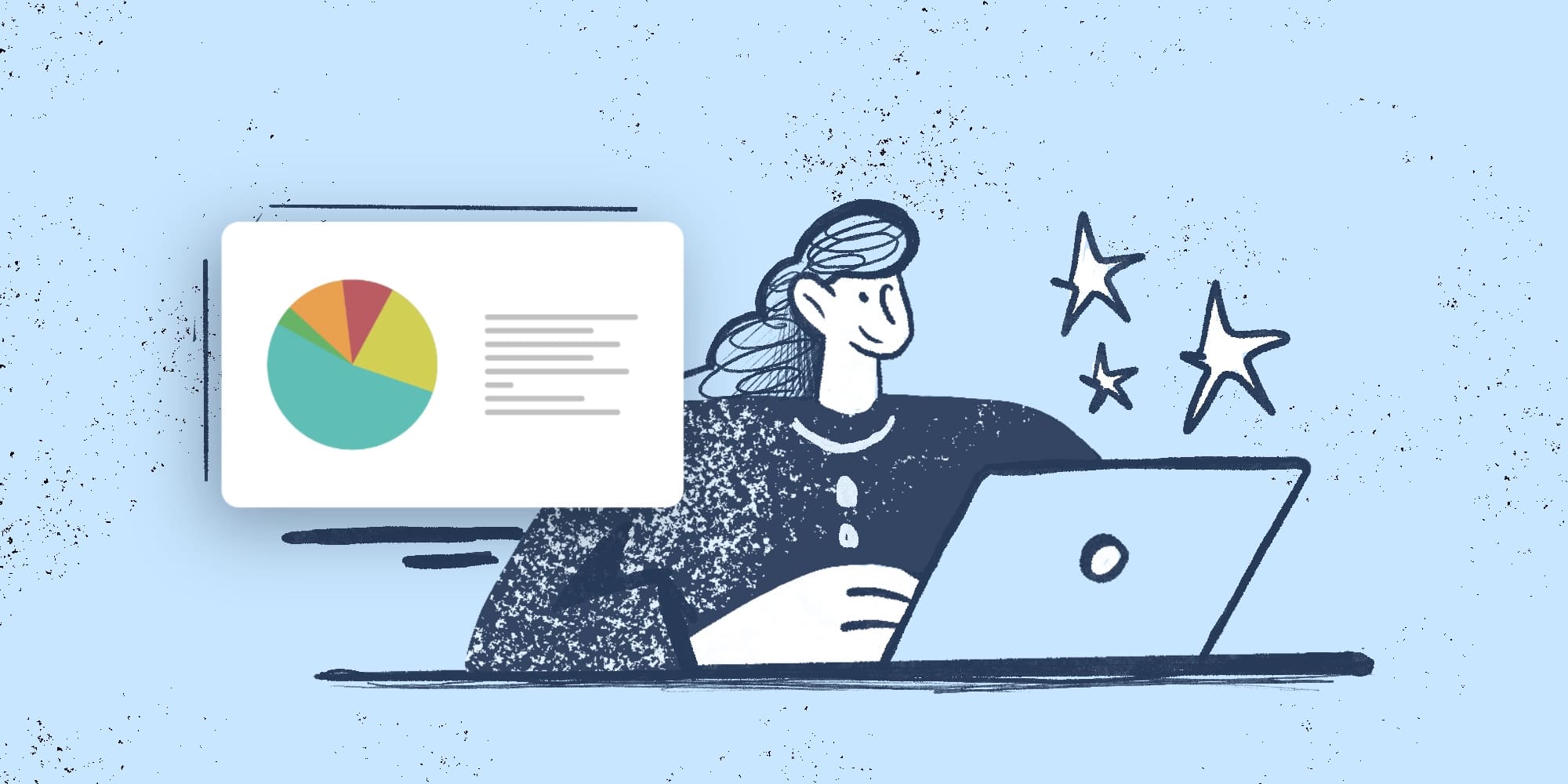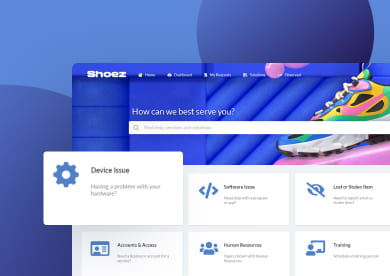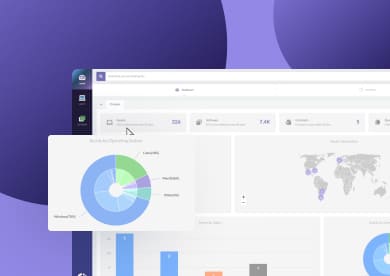Spending wisely is crucial for any business. But for SaaS companies, it might be even more important because their success depends on recurring revenue, high upfront costs, and long-term customer retention. Managing expenses efficiently is the key to scaling sustainably—and a great tool to do that is SaaS spending benchmarks.
These benchmarks help you compare your budgets against industry standards. The goal? Ensure you're investing in the right areas without overspending—or worse, underinvesting in crucial aspects of your business.
In this guide, we’ll break down key SaaS spending benchmarks, where to find them, and how to use them to make smarter financial decisions. Ready? Let’s dive in!
What are SaaS companies spending the most on in 2025?
SaaS companies allocate their budgets strategically to fuel growth, enhance product development, and acquire customers. According to SaaS Capital’s 2025 Spending Benchmarks, the biggest areas of investment vary based on funding source (the way a company is funded), growth stage, and company size.
Funding source: Bootstrapped vs. equity-backed
One of the main key takeaways from Saas Capital is that bootstrapped companies (self-funded without external investors) spend 93% of their Annual Recurring Revenue (ARR) on operational costs. On the other hand, equity-backed companies (funded by venture capital or private equity) spend even more—109% of their ARR, meaning they are investing beyond their revenue.
Where are the key differences between bootstrapped companies and equity-backed companies? There are no surprises here:
- Sales and marketing spend: Equity-backed companies spend 58% more on marketing and 90% more on sales compared to bootstrapped businesses.
- R&D and customer success: Equity-backed firms invest 58% more in R&D and 18% more in customer success to scale quickly.
- General & administrative (G&A): They also spend 82% more on administrative functions, likely due to investor reporting, board meetings, and compliance needs.
Spend by growth stage
How much a SaaS company invests in different areas depends on how fast it's growing. According to SaaS Capital, there are some notable differences between higher-growth and lower-growth businesses, especially when it comes to marketing and R&D.
Bootstrapped SaaS companies don’t show huge differences in spending based on growth, except for lower-growth companies spending 20% more on marketing to attract customers. Equity-backed SaaS companies take a different approach—higher-growth companies spend 30% more on marketing and 15% more on R&D compared to their slower-growing counterparts.
What does this tell us?
Faster-growing SaaS companies—especially those with outside funding—heavily invest in customer acquisition and product development to fuel expansion. Meanwhile, lower-growth bootstrapped companies focus more on converting leads efficiently instead of scaling aggressively.

Spend by company size
As SaaS companies grow, their spending priorities shift. According to SaaS Capital’s benchmarks, a B2B SaaS company with $3M to $5M in ARR typically spends its revenue like this:
- 25% on R&D (keeping the product competitive).
- 19% on General & Administrative (G&A). This includes handling operations, compliance, and scaling needs.
- 15% on sales & 10% on marketing (acquiring new customers).
- 10% on customer support & success (retaining customers).
- 5% on hosting, 3% on DevOps, and 3% on professional services CoGS (maintaining infrastructure and service quality).
What’s CoGS?
Cost of Goods Sold (CoGS) in SaaS refers to the direct costs of delivering the service, including cloud hosting, DevOps, and customer support expenses.
Full spend comparison by company size
As SaaS companies scale, their spending priorities shift. Smaller companies allocate more to sales and marketing to drive initial growth, while larger companies invest more in R&D and G&A expenses to support long-term stability.
How spending changes as SaaS companies grow
According to SaaS Capital, Startups (<$1M ARR) dedicate the majority of their budget to customer acquisition (sales & marketing) and hosting costs, as they focus on launching their product and securing early customers.
Growth-stage SaaS ($1M - $10M ARR) begin to increase R&D spending to enhance their product while still allocating significant resources to sales & marketing. And Mature SaaS companies ($10M - $20M+ ARR) shift focus toward efficiency, with lower marketing costs and higher G&A expenses to manage complex operations. Let’s take a closer look:
|
Expense/ Category |
<$1M ARR |
$1M - $3M ARR
|
$3M - $5M ARR
|
$5M - $10M ARR
|
$10M - $20M ARR
|
$20M+ ARR
|
|
Hosting Costs |
8% |
6% |
5% |
4% |
3% |
2% |
|
DevOps Costs |
4% |
4% |
3% |
3% |
2% |
2% |
|
Professional Services CoGS |
3% |
3% |
3% |
2% |
1% |
1% |
|
Other CoGS |
2% |
2% |
1% |
1% |
<1% |
<1% |
|
Customer Support/Success |
12% |
11% |
10% |
9% |
8% |
7% |
|
Selling Costs |
20% |
18% |
15% |
14% |
12% |
10% |
|
Marketing Costs |
15% |
12% |
10% |
9% |
7% |
6% |
|
Research & Development |
18% |
22% |
25% |
27% |
30% |
32% |
|
General & Administrative |
18% |
20% |
19% |
21% |
24% |
28% |
Key insights:
- Hosting & DevOps costs shrink as companies scale and optimize infrastructure.
- Sales & marketing spending is highest in early stages (<$3M ARR) and gradually declines as brand awareness and inbound sales increase.
- R&D and G&A expenses increase over time, reflecting the need for product development and operational maturity.
How AI is reshaping SaaS spending in 2025
Here is an interesting SaaS spending benchmark specifically tied to artificial intelligence (AI). According to High Alpha’s 2024 SaaS Benchmarks Report, AI-native companies are growing faster and operating more efficiently than traditional SaaS businesses. This shift is reflected in how companies allocate their budgets.
SaaS spending trends for AI-powered companies
AI-native SaaS companies are dedicating more of their revenue to R&D as they develop AI-powered automation, predictive analytics, and intelligent customer support tools. However, these innovations come with higher cloud and compute costs, as AI workloads require GPU processing, data storage, and model training. As a result, many companies report increased spending on hosting and DevOps, which could shift industry benchmarks for infrastructure costs.
At the same time, AI monetization remains a challenge. While 31% of SaaS companies have yet to generate revenue from AI, those that do typically use subscription, usage-based, or hybrid pricing models. As AI adoption grows, companies must balance investment in AI with sustainable monetization strategies to ensure profitability.
ARR per employee: How efficiently are SaaS companies scaling?
A key efficiency metric for SaaS businesses is ARR per employee, which measures how much revenue each team member contributes. This helps companies assess productivity, optimize hiring, and benchmark their scalability against industry standards.
According to the High Alpha 2024 SaaS Benchmarks Report, the table below compares ARR per employee across different company sizes. The upper quartile represents the top 25% of companies with the highest efficiency, the median shows the midpoint where half of the companies perform better and half perform worse, and the bottom quartile reflects the lowest 25% that generate the least revenue per employee.
SaaS ARR per employee by company size
|
ARR Band |
Upper Quartile |
Median |
Bottom Quartile |
|
<$1M ARR |
$100,000 |
$71,429 |
$33,333 |
|
$1M - $5M ARR |
$187,500 |
$120,000 |
$75,000 |
|
$5M - $20M ARR |
$214,286 |
$151,515 |
$126,059 |
|
$20M - $50M ARR |
$246,296 |
$175,000 |
$128,333 |
|
>$50M ARR |
$264,035 |
$164,439 |
$130,588 |
As expected, early-stage SaaS companies (<$1M ARR) have lower ARR per employee, with a median of $71K, as they invest heavily in growth and product development. The most significant jump happens between $1M and $5M ARR, where efficiency improves, reaching $120K per employee. Larger SaaS companies ($50M+ ARR) generate the most revenue per employee, with an upper quartile of $264K, but the median declines slightly after $20M ARR, suggesting potential scaling inefficiencies.
This data helps SaaS founders evaluate their operational efficiency, hiring strategies, and when they might need to optimize for scale.
Final thoughts
SaaS companies thrive on strategic spending, and industry benchmarks help ensure budgets align with sustainable growth. Smaller companies prioritize customer acquisition, while larger ones focus on R&D and efficiency. Meanwhile, AI adoption is reshaping spending patterns, with rising infrastructure costs and evolving monetization strategies.
By leveraging these benchmarks, SaaS businesses can optimize investments, avoid overspending, and scale smarter in an increasingly competitive landscape.















